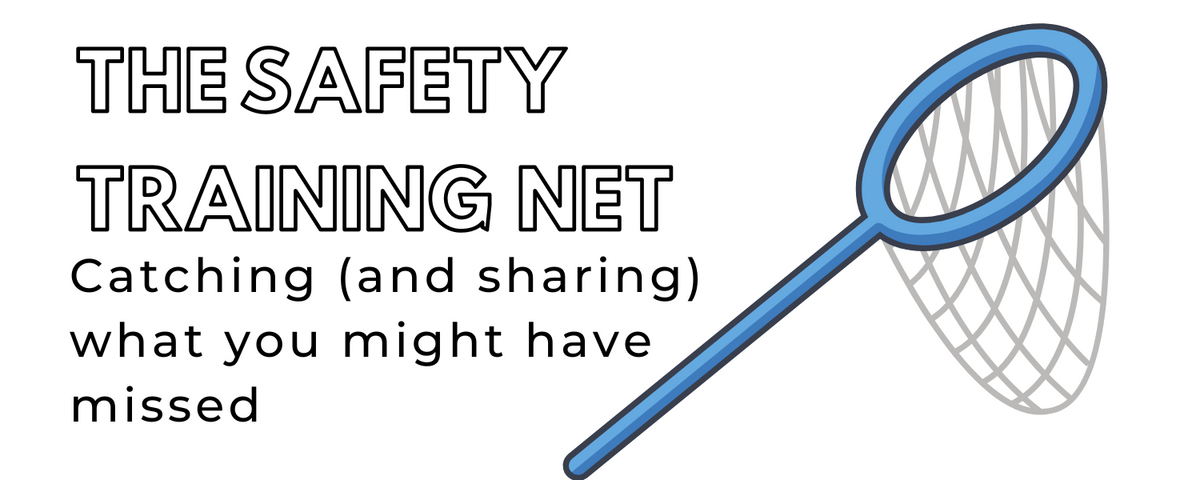Florence Nightingale Saved Lives - With Data Visualization
![]()
Florence Nightingale is best known as the founder of modern nursing, but her impact on public health extends far beyond the hospital ward. She was also a pioneer in data visualization, using statistical analysis and innovative charts to drive healthcare reform. By transforming complex data into compelling visuals, Nightingale made a lasting impact on the medical field and beyond.
The Crimean War and the Power of Data
During the Crimean War (1853–1856), Nightingale was sent to a British field hospital in Scutari (modern-day Istanbul). What she found was shocking: overcrowded hospitals, unsanitary conditions, and a mortality rate that exceeded battlefield deaths. Recognizing that disease, not wounds, was the primary killer, she meticulously collected data on patient mortality and hospital conditions.
The Coxcomb Diagram: A Revolutionary Visualization
After the war, Nightingale analyzed the data she had gathered and sought to communicate her findings in a way that policymakers could not ignore. She developed what is now known as the coxcomb diagram, a variation of a pie chart, to illustrate mortality causes among British soldiers.
A traditional pie chart representing the data would look like:
 Unlike a typical pie chart, her coxcomb diagram used wedge-like segments (a modern version is shown below) where the area, not just the angle, represented mortality rates. It clearly showed that preventable diseases like typhus, cholera, and dysentery accounted for the vast majority of deaths—far more than combat injuries. This striking visual representation made it undeniable that sanitary reform was urgently needed.
Unlike a typical pie chart, her coxcomb diagram used wedge-like segments (a modern version is shown below) where the area, not just the angle, represented mortality rates. It clearly showed that preventable diseases like typhus, cholera, and dysentery accounted for the vast majority of deaths—far more than combat injuries. This striking visual representation made it undeniable that sanitary reform was urgently needed.

Driving Change Through Data
Nightingale’s data-driven advocacy was instrumental in prompting the British government to improve hygiene in military and civilian hospitals. She worked closely with public health officials and engineers to implement sanitary reforms, such as better ventilation, improved drainage, and cleaner water supplies. As a result, mortality rates in military hospitals plummeted.
Florence Nightingale's work shows the power of data visualization as a tool for change. By turning numbers into compelling visuals, she transformed public health policy and demonstrated that data, when presented effectively, can be a force for real-world impact.
Note: Nightingale's original Coxcomb Diagram is shared below. (public domain)

Leave a comment
Comments will be approved before showing up.




